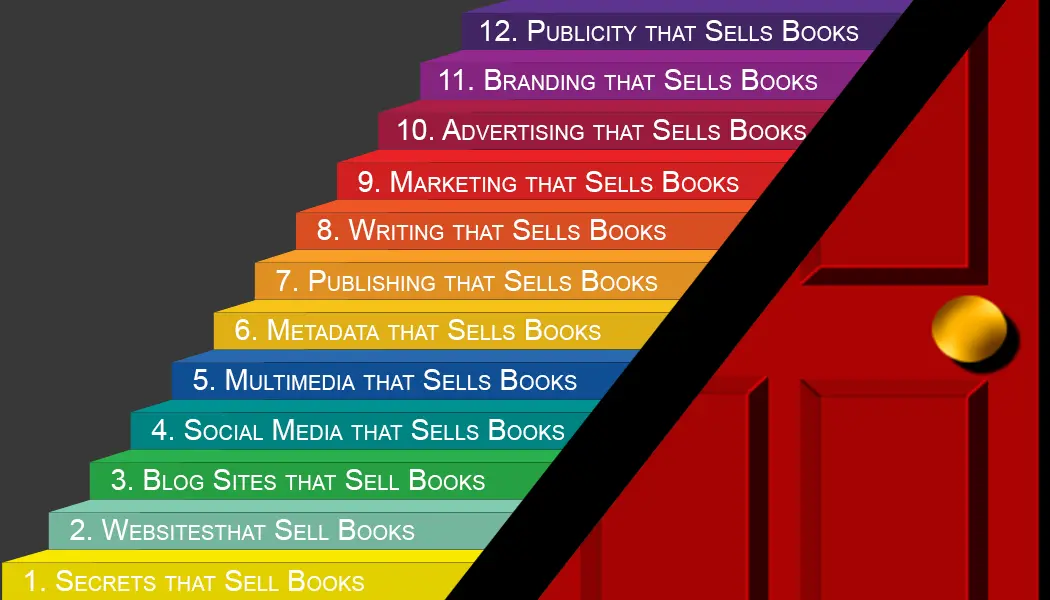Navigating the Pre-Production Process for eBooks, Print Books, and Hardcovers
In the realm of publishing, book formatting is a crucial pre-production stage that can significantly influence the success of a book. Each type of book—eBooks, print books, and hardcovers—has unique formatting needs that must be meticulously addressed to ensure they meet industry standards and appeal to readers. This detailed guide explores the specific formatting considerations for different book formats, providing a deep dive into the technical and aesthetic aspects that enhance reader engagement and satisfaction.
eBook Formatting: Adapting to Digital Realities
Understanding eBook Formats: eBooks are designed to be read on digital devices, including e-readers, tablets, and smartphones. Unlike print, eBooks must be adaptable to various screen sizes and user preferences, such as font size and color settings.
Key Formatting Strategies:
- Reflowable Content: Unlike static PDFs, standard eBook formats like EPUB and MOBI must allow text to reflow according to the device’s screen size and the reader’s preferences. This requires a flexible layout without fixed page numbers.
- HTML and CSS Usage: eBooks are essentially coded documents. Using HTML for content and CSS for styling, such as setting fonts and margins, is crucial for creating functional and accessible eBooks.
- Interactive Elements: Enhance eBooks with hyperlinks, internal navigation (table of contents), and even multimedia elements when appropriate, to utilize the digital medium fully.
Print Book Formatting: Crafting the Traditional Read
Physical Characteristics of Print Books: Formatting for print involves a fixed layout, where every element, from text to images, must be precisely positioned. Print books require more rigid specifications to ensure that the printed copy appears exactly as intended.
Essential Formatting Considerations:
- Margin Specifications: Properly set margins are vital to prevent text from being cut off during printing, especially in the book’s gutter (the inner margins near the book’s spine).
- Typography and Fonts: Select fonts that are not only aesthetically pleasing but also highly readable. Consider leading (line spacing), kerning (space between characters), and font size to optimize legibility.
- Consistent Layout: Page layouts should be consistent throughout the book, including consistent placement of page numbers, headers, and footers, to give the book a uniform look.
Hardcover Formatting: Emphasizing Durability and Design
Distinguishing Features of Hardcover Formatting: Hardcover books are often designed for durability and aesthetic appeal, making them collectibles or gifts. They can include design elements like dust jackets and foil stamping, requiring additional formatting considerations.
Detailed Design and Production Guidelines:
- Cover and Jacket Design: Hardcover books often feature a dust jacket with extended flaps. Designing these requires precise measurements and an understanding of how the book will be trimmed and bound.
- Binding Considerations: The type of binding (e.g., case binding, saddle stitch) will affect the spine width and the overall design. Ensuring that text and critical design elements do not get lost in the binding process is crucial.
- Material Selection: Choosing the right paper weight and type can affect not only the aesthetics and feel of the book but also how well the pages and cover hold up over time.
Conclusion: Mastering Book Formatting Across Formats
The book formatting stage in book publishing is both an art and a science, requiring a detailed understanding of different book formats and their specific needs. For eBooks, the focus is on flexibility and digital functionality; for print books, precision in design and layout is key; and for hardcovers, the emphasis is on durability and premium design. By mastering these formatting nuances, publishers can ensure that their books not only look professional but also provide an enjoyable reading experience. Effective formatting, tailored to each type of book, sets the foundation for successful publication and helps books to stand out in a crowded market.
_________________________________________
Related Entries:
Website Design Elements: Pages, Forms, and Buttons
Related Topics:
Visit our website at www.AuthorsDoor.com and our blog site at www.AuthorsRedDoor.com as you continue your author-publisher journey.


